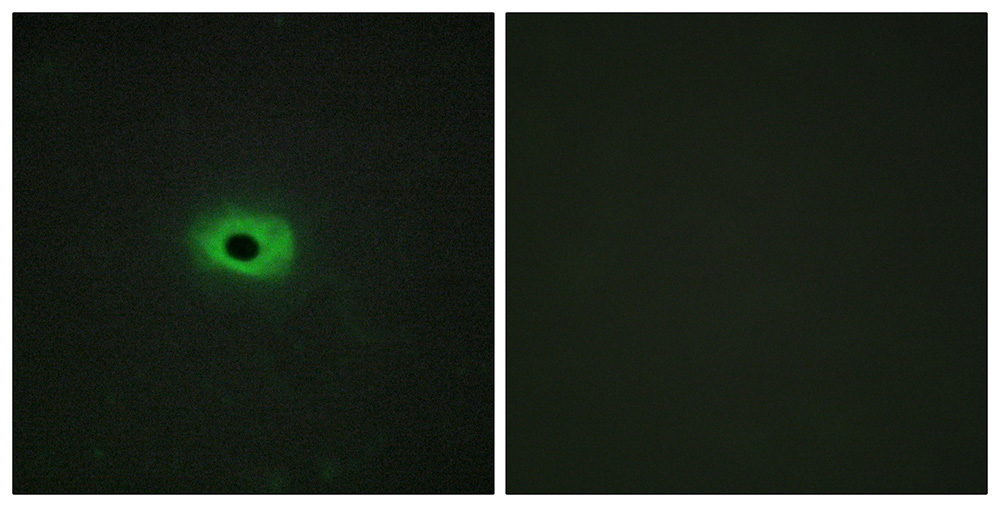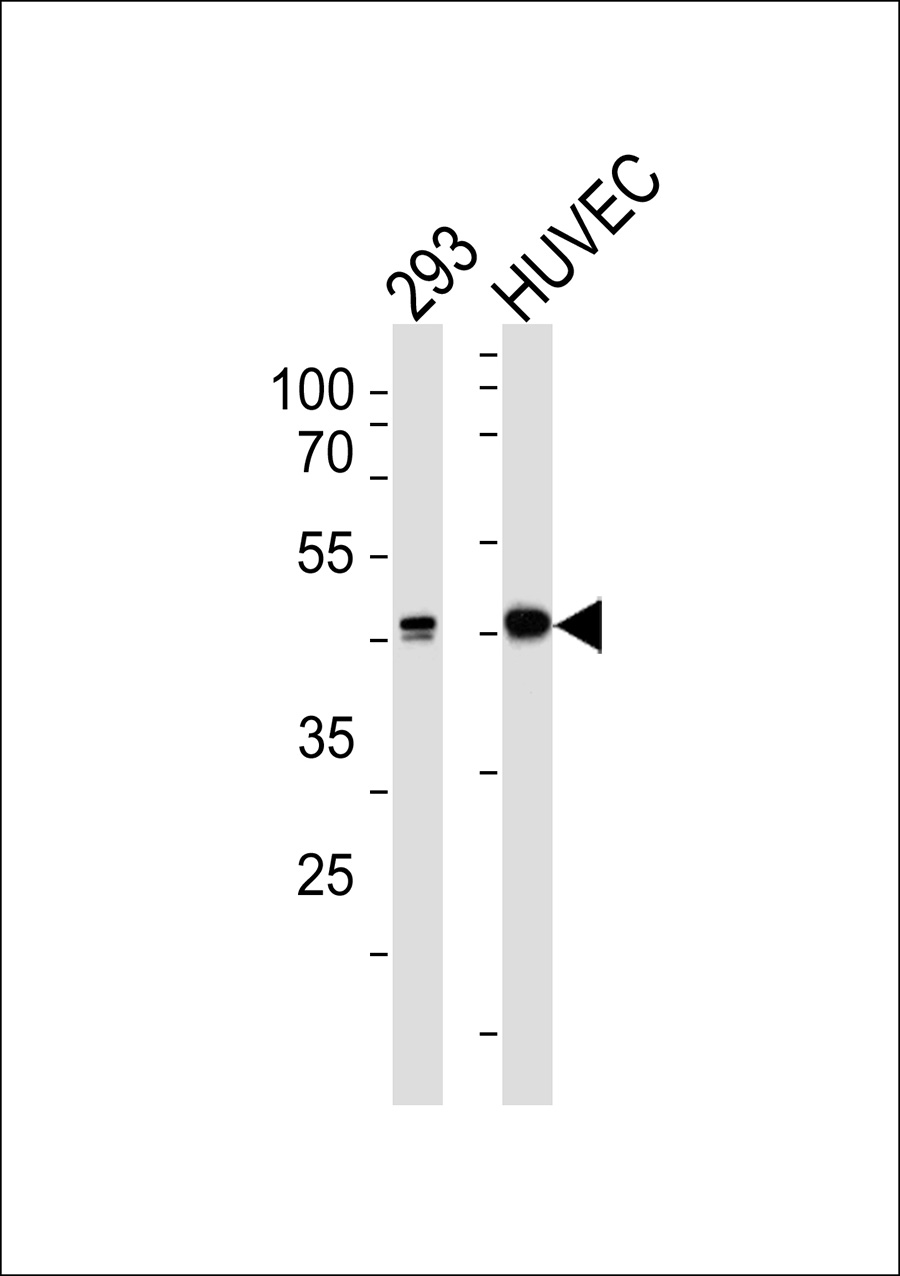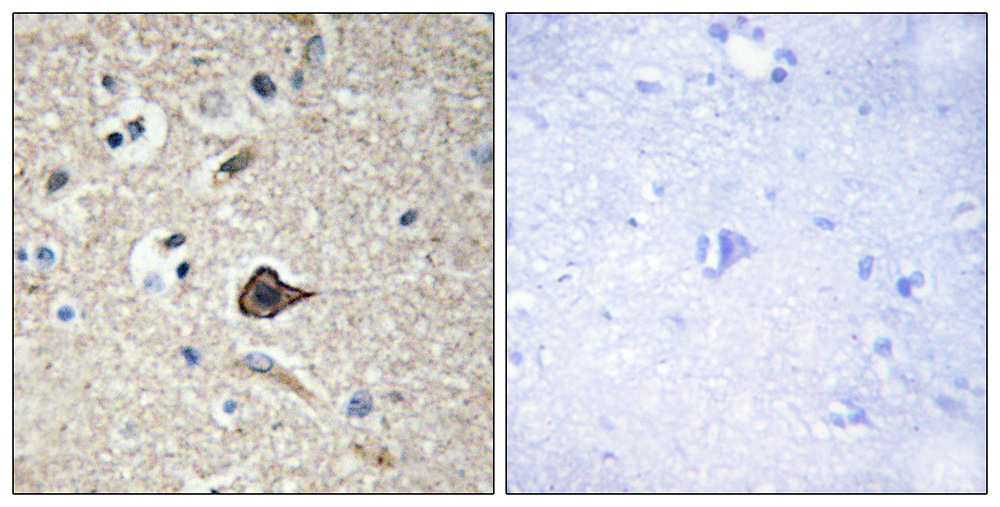TNF12 Antibody
Purified Rabbit Polyclonal Antibody (Pab)
- SPECIFICATION
- CITATIONS
- PROTOCOLS
- BACKGROUND

Application
| WB, IF, IHC |
|---|---|
| Primary Accession | O43508 |
| Reactivity | Human, Mouse |
| Host | Rabbit |
| Clonality | Polyclonal |
| Calculated MW | 27, 37 KDa |
| Antigen Region | 62-90 aa |
| Gene ID | 8742 |
|---|---|
| Other Names | Tumor necrosis factor ligand superfamily member 12, APO3 ligand, TNF-related weak inducer of apoptosis, TWEAK, Tumor necrosis factor ligand superfamily member 12, membrane form, Tumor necrosis factor ligand superfamily member 12, secreted form, TNFSF12, APO3L, DR3LG |
| Dilution | WB~~ 1:1000 IF~~1:100 IHC~~1:50-1:100 |
| Format | Rabbit IgG in phosphate buffered saline (without Mg2+ and Ca2+), pH 7.4, 150mM NaCl, 0.09% (W/V) sodium azide and 50% glycerol. |
| Storage Conditions | -20℃ |
| Name | TNFSF12 |
|---|---|
| Synonyms | APO3L, DR3LG |
| Function | Binds to FN14 and possibly also to TNRFSF12/APO3. Weak inducer of apoptosis in some cell types. Mediates NF-kappa-B activation. Promotes angiogenesis and the proliferation of endothelial cells. Also involved in induction of inflammatory cytokines. Promotes IL8 secretion. |
| Cellular Location | Cell membrane; Single-pass type II membrane protein [Isoform TWE-PRIL]: Cell membrane; Single-pass membrane protein |
| Tissue Location | Highly expressed in adult heart, pancreas, skeletal muscle, brain, colon, small intestine, lung, ovary, prostate, spleen, lymph node, appendix and peripheral blood lymphocytes. Low expression in kidney, testis, liver, placenta, thymus and bone marrow. Also detected in fetal kidney, liver, lung and brain |

Thousands of laboratories across the world have published research that depended on the performance of antibodies from Abcepta to advance their research. Check out links to articles that cite our products in major peer-reviewed journals, organized by research category.
info@abcepta.com, and receive a free "I Love Antibodies" mug.
Provided below are standard protocols that you may find useful for product applications.
Background
Binds to FN14 and possibly also to TNRFSF12/APO3. Weak inducer of apoptosis in some cell types. Mediates NF-kappa-B activation. Promotes angiogenesis and the proliferation of endothelial cells. Also involved in induction of inflammatory cytokines. Promotes IL8 secretion.
References
Chicheportiche Y.,et al.J. Biol. Chem. 272:32401-32410(1997).
Marsters S.A.,et al.Curr. Biol. 8:525-528(1998).
Pradet-Balade B.,et al.EMBO J. 21:5711-5720(2002).
Clark H.F.,et al.Genome Res. 13:2265-2270(2003).
Zody M.C.,et al.Nature 440:1045-1049(2006).
If you have used an Abcepta product and would like to share how it has performed, please click on the "Submit Review" button and provide the requested information. Our staff will examine and post your review and contact you if needed.
If you have any additional inquiries please email technical services at tech@abcepta.com.













 Foundational characteristics of cancer include proliferation, angiogenesis, migration, evasion of apoptosis, and cellular immortality. Find key markers for these cellular processes and antibodies to detect them.
Foundational characteristics of cancer include proliferation, angiogenesis, migration, evasion of apoptosis, and cellular immortality. Find key markers for these cellular processes and antibodies to detect them. The SUMOplot™ Analysis Program predicts and scores sumoylation sites in your protein. SUMOylation is a post-translational modification involved in various cellular processes, such as nuclear-cytosolic transport, transcriptional regulation, apoptosis, protein stability, response to stress, and progression through the cell cycle.
The SUMOplot™ Analysis Program predicts and scores sumoylation sites in your protein. SUMOylation is a post-translational modification involved in various cellular processes, such as nuclear-cytosolic transport, transcriptional regulation, apoptosis, protein stability, response to stress, and progression through the cell cycle. The Autophagy Receptor Motif Plotter predicts and scores autophagy receptor binding sites in your protein. Identifying proteins connected to this pathway is critical to understanding the role of autophagy in physiological as well as pathological processes such as development, differentiation, neurodegenerative diseases, stress, infection, and cancer.
The Autophagy Receptor Motif Plotter predicts and scores autophagy receptor binding sites in your protein. Identifying proteins connected to this pathway is critical to understanding the role of autophagy in physiological as well as pathological processes such as development, differentiation, neurodegenerative diseases, stress, infection, and cancer.




